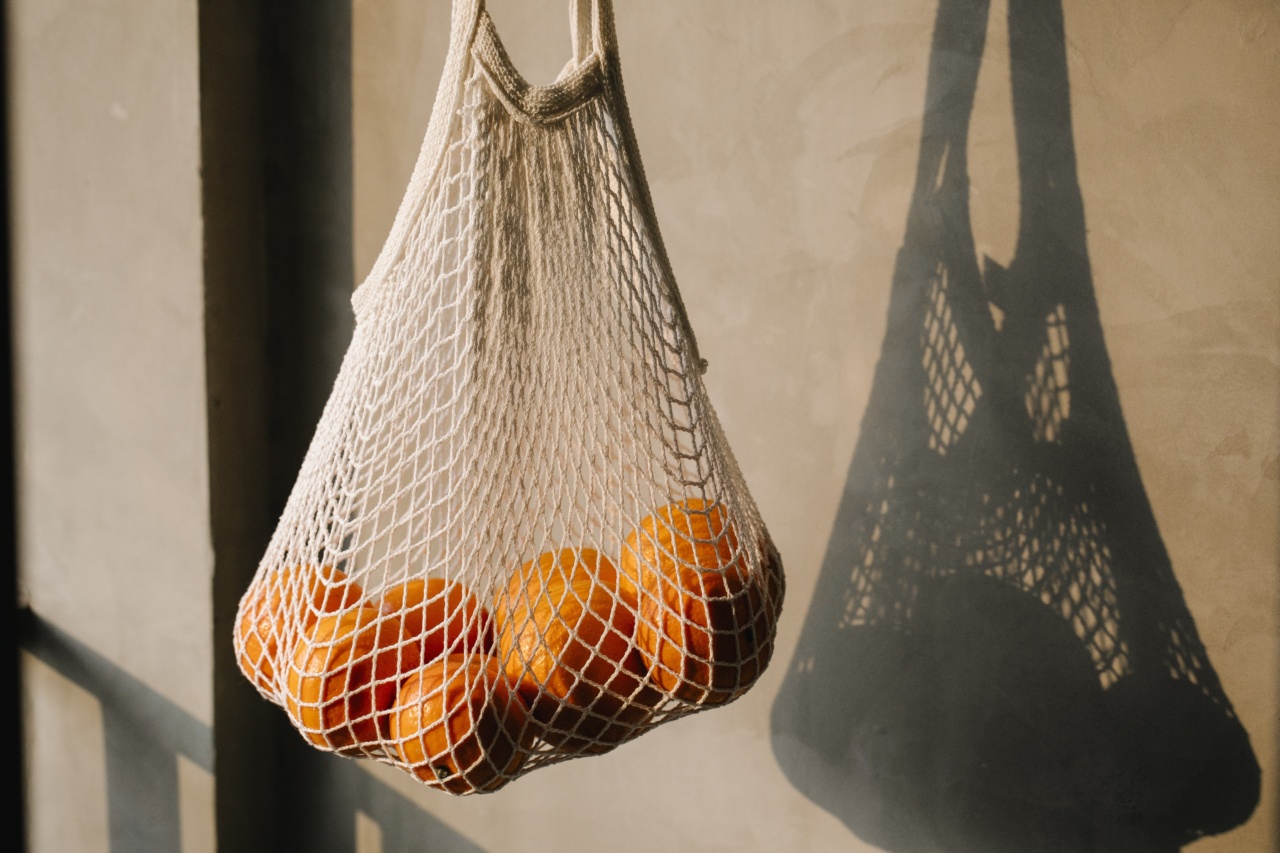When it comes to weight management and healthy eating, many people tend to avoid starchy foods. This is because they have been labeled as “fattening” and believed to contribute to weight gain. However, not all starches are created equal.
There are actually several types of healthy starches that can form an essential part of a balanced diet. These starches are not only nutritious but also help keep you feeling satisfied and energized throughout the day. Let’s explore some of the best options for healthy starches that won’t pile on the pounds.
1. Quinoa
Quinoa is an incredibly popular and nutritious grain that is often considered a superfood. Unlike most other grains, quinoa is a complete protein, containing all nine essential amino acids.
It is also rich in fiber, magnesium, and various vitamins and minerals. What makes quinoa a great choice for a healthy starch is its low glycemic index (GI). This means that it releases glucose into the bloodstream slowly, helping to stabilize blood sugar levels and prevent hunger cravings.
2. Sweet Potatoes
Sweet potatoes are not only delicious but also a fantastic source of healthy carbohydrates. They are high in fiber, vitamins A and C, and potassium. Despite being sweet-tasting, sweet potatoes have a lower GI compared to regular white potatoes.
This means that they are less likely to cause a spike in blood sugar levels and subsequent cravings. Sweet potatoes are versatile and can be enjoyed in a variety of ways, from baked fries to mashed potatoes.
3. Lentils
Lentils are legumes that come in various colors and sizes, including green, brown, red, and black. They are packed with protein, fiber, iron, and folate. Lentils have a low GI, making them an excellent source of slow-burning energy.
They are also extremely versatile and can be used in soups, stews, salads, or as a meat substitute in various dishes.
4. Buckwheat
Buckwheat is a pseudo-grain that has gained popularity in recent years due to its many health benefits. Despite its name, it is not related to wheat and is gluten-free. Buckwheat is a good source of fiber, magnesium, and various antioxidants.
It also contains a rare antioxidant known as rutin, which is beneficial for heart health. Buckwheat can be enjoyed in the form of noodles, porridge, or made into flour for baking.
5. Barley
Barley is a nutritious whole grain that has a nutty flavor and chewy texture. It is high in fiber, vitamins, and minerals, including manganese, selenium, and thiamine.
Barley contains a soluble fiber called beta-glucan, which helps lower cholesterol levels and improve heart health. It is commonly used in soups, stews, salads, or as a side dish instead of rice or potatoes.
6. Oats
Oats are a classic healthy starch that provides numerous health benefits. They are high in fiber and contain a type of soluble fiber called beta-glucan, which has been shown to lower cholesterol levels and improve heart health.
Oats are also a good source of vitamins, minerals, and antioxidants. They can be enjoyed as oatmeal, overnight oats, or added to smoothies and baked goods.
7. Whole Grain Pasta
If you love pasta but want a healthier option, whole grain pasta is the way to go. Unlike refined pasta, whole grain pasta retains the fiber-rich bran and nutrient-packed germ of the grain.
This makes it higher in fiber, protein, and other essential nutrients. Whole grain pasta also has a lower GI, making it a better choice for blood sugar control. Pair it with a lean protein source and some vegetables for a balanced meal.
8. Brown Rice
Brown rice is a nutritious alternative to white rice. It is less processed and retains the outer bran and germ layer, which are rich in fiber, vitamins, and minerals.
Brown rice is also a good source of antioxidants and has a lower GI compared to white rice. It can be used in various dishes, such as stir-fries, pilafs, or served as a side dish.
9. Corn
Corn is a starchy vegetable that is often overlooked as a healthy carbohydrate source. It is rich in fiber, vitamins, and minerals, including folate and vitamin C.
Corn also provides beneficial antioxidants, such as lutein and zeaxanthin, which are essential for eye health. While corn can be enjoyed on the cob, it can also be used in salads, soups, or made into corn tortillas.
10. Bulgur
Bulgur is a whole grain that is made by partially boiling, drying, and cracking wheat kernels. It is a good source of fiber, protein, and essential minerals like manganese and magnesium.
Bulgur has a lower calorie content compared to other grains and can be used as a base for salads, pilafs, tabbouleh, or as a substitute for rice or couscous in various dishes.
By incorporating these healthy starches into your diet, you can enjoy satisfying and nutritious meals without worrying about piling on the pounds.
Remember to always practice portion control and pair your starches with protein, vegetables, and healthy fats for a well-balanced meal.






























